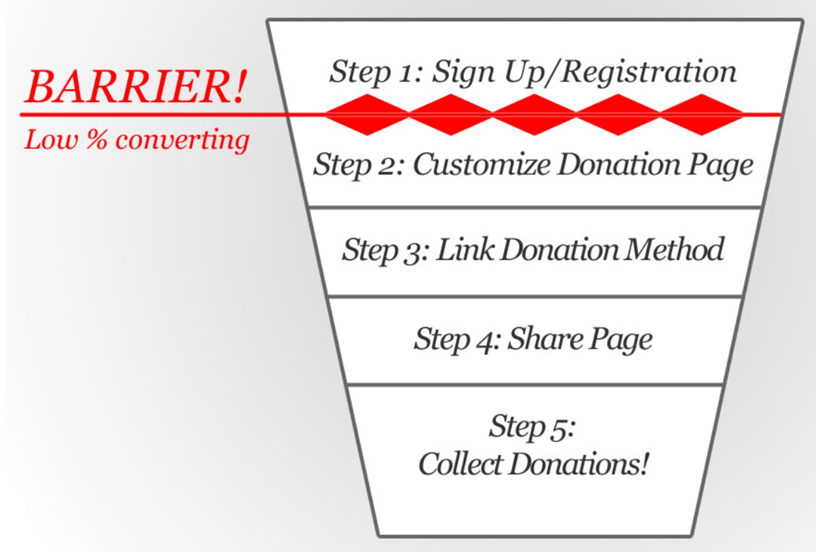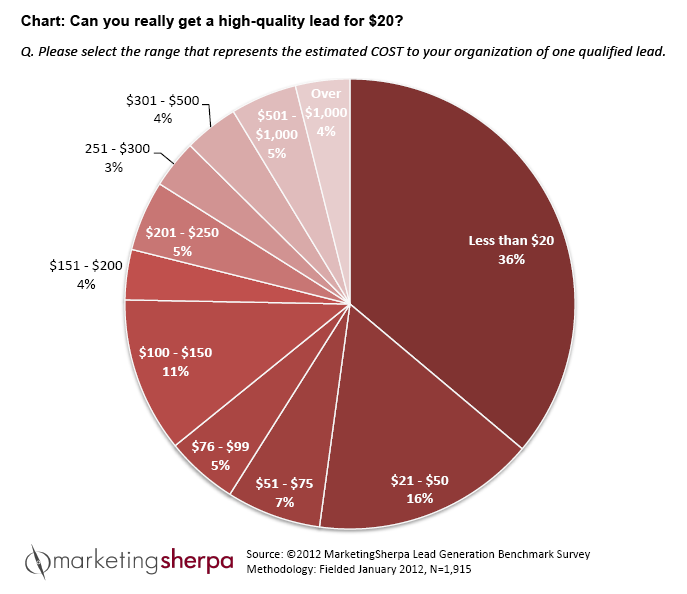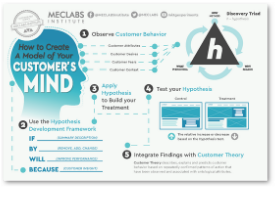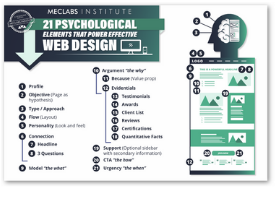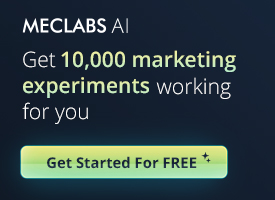Social Media Marketing: 7 steps for using contests and sweepstakes to promote your brand
Bribe them and buy them. That was an old-school marketing technique to acquire customers when the value proposition of a product just wasn’t strong enough to pull in enough interest of its own.
Do corporate social media accounts face that challenge? While many Facebook pages and Twitter accounts offer strong value (news, humor, insider information, etc.), the average corporate account can find it challenging to develop a following without an incentive.
One incentive that works well for many marketers is a sweepstakes or contest. (While those terms are often used interchangeably, technically the winner of a sweepstakes is decided by random chance, and a contest is decided by skill and competition.)
“Some of the main benefits of a social media-based contest are fast time-to-market, immediate responses/results, low-cost and no-cost program options, and measureable ROI,” said Sandra Fathi, President, Affect. “I have yet to find an organization — business-to-business or business-to-consumer — that would not benefit from some type of online contest.”
Sandra pointed out that even the President is holding an online sweepstakes to help with fundraising efforts.
The goal of online sweepstakes and contests
While online sweepstakes and contests can help boost your social media following, they can help you meet other objectives as well.
“The goals of any marketing effort should align directly with business goals – and the same holds true for social media promotions,” Sandra said. She provided some example objectives:
- Accelerate social media adoption/participation
- Increase brand awareness
- Generate leads/sales
- Drive product/service usage
- Recognize or reward customers/prospects
However, sometimes it pays to think outside the box.
“For example, we launched the New York Intern Project as a recruiting tool that also provided ancillary benefits, such as doubling our social media following, generating media coverage and new business opportunities with clients who were interested in hosting contests of their own,” Sandra said.
Here are a few mini-case studies to help you visualize successful sweepstakes and contests, and then we’ll review seven steps for launching your own sweepstakes and contests.



